Symptoms of too much d3. Vitamin D Toxicity: Symptoms, Causes, and Prevention of Excessive Vitamin D Intake
What are the symptoms of vitamin D toxicity. How much vitamin D is too much. Can you overdose on vitamin D supplements. What causes vitamin D toxicity. How to prevent excessive vitamin D intake.
Understanding Vitamin D and Its Importance
Vitamin D is a crucial nutrient that plays a vital role in maintaining strong, healthy bones by aiding calcium absorption. While it’s essential to ensure adequate vitamin D intake, it’s equally important to be aware of the potential risks associated with excessive consumption. This article delves into the concept of vitamin D toxicity, its symptoms, causes, and prevention strategies.
What is Vitamin D Toxicity?
Vitamin D toxicity, also known as hypervitaminosis D, occurs when the body’s vitamin D levels become dangerously high. This condition is relatively rare but can have serious health implications if left unchecked.
How does vitamin D toxicity develop?
Vitamin D toxicity typically results from over-supplementation rather than dietary sources or sun exposure. The body has natural mechanisms to regulate vitamin D production from sunlight, and naturally occurring vitamin D in foods is generally not abundant enough to cause toxicity. Fortified foods also rarely contain sufficient amounts to lead to toxicity.
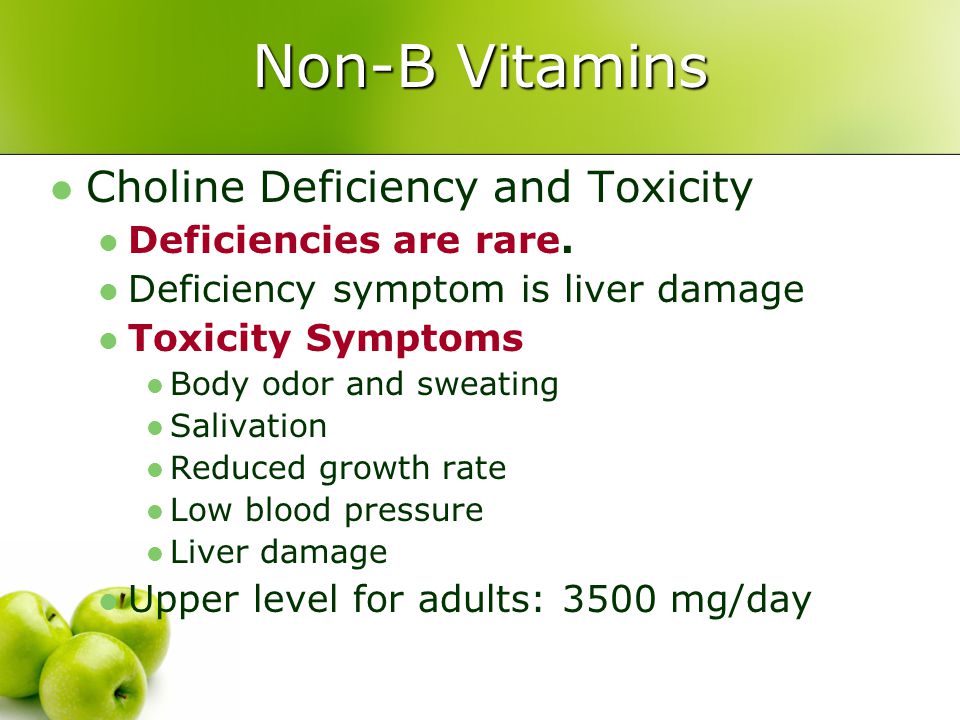
Symptoms of Vitamin D Toxicity
Recognizing the signs of excessive vitamin D intake is crucial for early intervention. Common symptoms of vitamin D toxicity include:
- Nausea
- Vomiting
- Weakness
- Headache
- Frequent urination
- Muscle pain
- Kidney damage and kidney stones
- High blood pressure
If you experience any of these symptoms and suspect vitamin D toxicity, it’s essential to consult a healthcare professional promptly.
Recommended Vitamin D Intake
To maintain optimal health and prevent vitamin D toxicity, it’s crucial to understand the recommended dietary allowance (RDA) for vitamin D. The National Academies of Sciences, Engineering, and Medicine provide guidelines for different age groups:
Vitamin D RDA and Upper Intake Levels
- Infants 0-6 months: 400 IU/day (adequate intake), upper intake level of 1,000 IU/day
- Infants 6-12 months: 400 IU/day (adequate intake), upper intake level of 1,500 IU/day
- Children 1-3 years old: 600 IU/day RDA, upper intake level of 2,500 IU/day
- Children 4-8 years old: 600 IU/day RDA, upper intake level of 3,000 IU/day
- People 9-70 years old: 600 IU/day RDA, upper intake level of 4,000 IU/day
- People over 70 years old: 800 IU/day RDA, upper intake level of 4,000 IU/day
- Pregnant or lactating women 14-50 years old: 600 IU/day RDA, upper intake level of 4,000 IU/day
It’s important to note that these are general guidelines, and individual needs may vary. Always consult with a healthcare provider to determine the appropriate vitamin D intake for your specific circumstances.
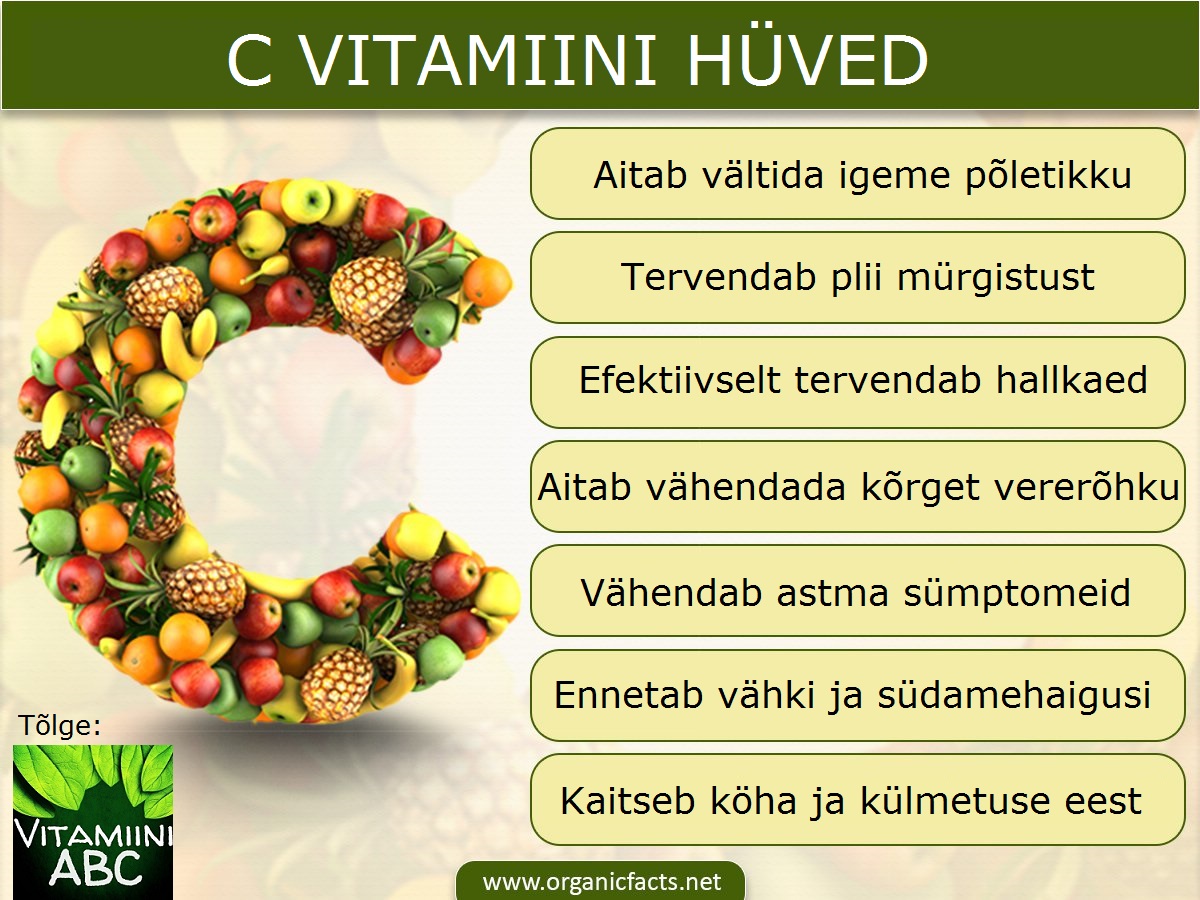
Measuring Vitamin D Intake
Understanding how to measure vitamin D intake is crucial for maintaining optimal levels and preventing toxicity. Here are some ways to gauge your vitamin D consumption:
Supplement Labels
Vitamin D supplements typically list the amount of vitamin D per serving on their nutritional labels. This information is usually provided in International Units (IU) or micrograms (mcg). For reference, 2.5 micrograms is equivalent to 100 IU.
Food Labels
While vitamin D content isn’t always explicitly stated on food labels, many products list the percent Daily Value (DV). This figure represents the amount of vitamin D in a serving as a percentage of 800 IU, which is considered the daily value for adults.
National Institutes of Health Resources
For a comprehensive overview of vitamin D content in various foods, the National Institutes of Health provides a valuable resource. Their vitamin D fact sheet includes a table (Table 3) that lists the vitamin D content of numerous food items.

Causes and Risk Factors for Vitamin D Toxicity
Understanding the factors that contribute to vitamin D toxicity can help in its prevention. Here are some key considerations:
Excessive Supplementation
The most common cause of vitamin D toxicity is over-supplementation. This often occurs when individuals take high-dose vitamin D supplements without proper medical supervision.
Medical Conditions
Certain medical conditions can increase the risk of vitamin D toxicity. These include:
- Granulomatous disorders (e.g., sarcoidosis)
- Some lymphomas
- Primary hyperparathyroidism
Medications
Some medications can affect vitamin D metabolism, potentially leading to elevated levels. These include:
- Certain antifungal medications
- Some anticonvulsants
- HIV/AIDS medications
Always inform your healthcare provider about any medications you’re taking when discussing vitamin D supplementation.
Prevention and Management of Vitamin D Toxicity
Preventing vitamin D toxicity is primarily about maintaining appropriate intake levels. Here are some strategies to help prevent and manage vitamin D toxicity:

Regular Monitoring
If you’re taking vitamin D supplements, especially high doses, regular blood tests to check your vitamin D levels can help prevent toxicity. Your healthcare provider can recommend an appropriate testing schedule.
Follow Recommended Dosages
Adhere to the recommended dietary allowances for vitamin D unless otherwise directed by a healthcare professional. If higher doses are prescribed, follow the instructions carefully and attend all follow-up appointments.
Be Cautious with Supplements
When choosing vitamin D supplements, opt for reputable brands and avoid megadoses unless prescribed by a healthcare provider. Always read labels carefully and be aware of the vitamin D content in any multivitamins or other supplements you’re taking.
Dietary Balance
While it’s rare to develop vitamin D toxicity from dietary sources alone, be mindful of your overall intake, especially if you consume many fortified foods.
Sun Exposure
While sunlight is an excellent source of vitamin D, excessive sun exposure can lead to other health risks. Aim for moderate, safe sun exposure as part of a balanced approach to vitamin D intake.

Treatment of Vitamin D Toxicity
If vitamin D toxicity is suspected or diagnosed, treatment typically involves the following steps:
Discontinue Supplements
The first step in treating vitamin D toxicity is to stop taking vitamin D supplements, at least temporarily. This allows the body’s vitamin D levels to gradually decrease.
Restrict Calcium Intake
Healthcare providers may recommend limiting dietary calcium intake as part of the treatment plan. This is because excess vitamin D can lead to increased calcium absorption, contributing to toxicity symptoms.
Intravenous Fluids
In severe cases, intravenous fluids may be administered to help flush excess vitamin D and calcium from the system.
Medications
Certain medications, such as bisphosphonates or corticosteroids, may be prescribed to help lower calcium levels and protect against bone loss.
Ongoing Monitoring
Regular blood tests will be necessary to monitor vitamin D and calcium levels as they return to normal. Your healthcare provider will determine the appropriate frequency of these tests.

The Importance of Balanced Vitamin D Intake
While the focus of this article has been on vitamin D toxicity, it’s crucial to remember that vitamin D deficiency is also a significant health concern. Striking the right balance is key to optimal health.
Benefits of Adequate Vitamin D
Maintaining appropriate vitamin D levels offers numerous health benefits, including:
- Strong bones and teeth
- Improved muscle function
- Enhanced immune system function
- Potential reduction in the risk of certain cancers and autoimmune diseases
Signs of Vitamin D Deficiency
Just as it’s important to recognize signs of toxicity, being aware of deficiency symptoms is crucial. These may include:
- Fatigue
- Bone pain
- Muscle weakness or aches
- Mood changes, including depression
Balancing Act
Achieving the right balance of vitamin D intake requires a personalized approach. Factors such as age, skin color, geographical location, diet, and overall health status all play a role in determining individual vitamin D needs.
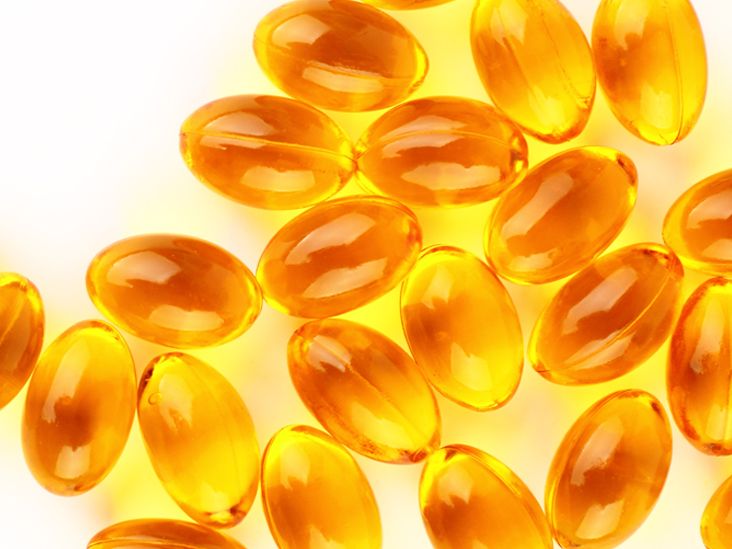
Conclusion: Navigating Vitamin D Intake for Optimal Health
Vitamin D is an essential nutrient with far-reaching health implications. While vitamin D toxicity is relatively rare, it’s a serious condition that underscores the importance of mindful supplementation and regular monitoring. By understanding the symptoms of toxicity, adhering to recommended intake levels, and working closely with healthcare providers, individuals can harness the benefits of vitamin D while minimizing the risks of excessive intake.
Remember, the key to optimal vitamin D status lies in balance. Whether you’re considering starting a supplement regimen, adjusting your current intake, or simply aiming to maintain healthy levels, professional guidance is invaluable. Regular check-ups and open communication with your healthcare provider will help ensure that your vitamin D levels support your overall health and well-being.
As our understanding of vitamin D’s role in health continues to evolve, staying informed and proactive about your vitamin D status remains a crucial component of comprehensive health management. By doing so, you can enjoy the myriad benefits of this essential nutrient while safeguarding against the potential risks of excess.
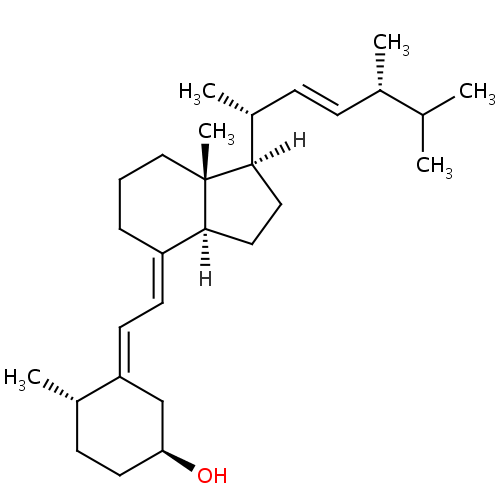
Too Much Vitamin D? | Vitamin D Overdose
Medically reviewed by Rosanna Sutherby, PharmD on September 18, 2020. To give you technically accurate, evidence-based information, content published on the Everlywell blog is reviewed by credentialed professionals with expertise in medical and bioscience fields.
Vitamin D is a key nutrient because it helps your body absorb dietary calcium so you can have strong, healthy bones. That’s why it’s important to get enough of it. But it’s also possible to get too much vitamin D—referred to as vitamin D toxicity. While this is rare, it can still be useful to know the common signs of too much vitamin D—particularly if you take vitamin D supplements regularly.
Here, we’ll discuss some of the symptoms that can develop if you experience vitamin D toxicity, so read on (and if you’d like to check your vitamin D levels from the comfort of home, consider trying our vitamin D test kit).
Signs you’re getting too much vitamin D may include:
- Nausea
- Vomiting
- Weakness
- Headache
- Frequent urination
- Painful muscles
- Kidney damage and kidney stones
- High blood pressure
Shop At-Home Vitamin D Test Today!
Understanding vitamin D toxicity
Also called hypervitaminosis D, vitamin D toxicity is uncommon and occurs when your body’s vitamin D levels are too high. Vitamin D toxicity typically develops from over-supplementation, as opposed to diet or sun exposure. With the sun, your body can regulate the amount of natural vitamin D that’s produced. And when it comes to food, naturally-occurring vitamin D isn’t common—and fortified foods don’t usually contain enough vitamin D to lead to toxicity.
Vitamin D toxicity typically develops from over-supplementation, as opposed to diet or sun exposure. With the sun, your body can regulate the amount of natural vitamin D that’s produced. And when it comes to food, naturally-occurring vitamin D isn’t common—and fortified foods don’t usually contain enough vitamin D to lead to toxicity.
How much vitamin D do you need?
Wondering, “How much vitamin D do I need?” The recommended dietary allowance (RDA) for people in different age groups is shown below. These recommendations come from the National Academies of Sciences, Engineering, and Medicine. Based on a number of factors, however, your healthcare provider may suggest doses that are higher or lower than what’s listed—so consider asking your provider for their recommendation. Note that the amount of vitamin D in foods and a vitamin D supplement is usually expressed in terms of International Units (IU), so “IU/day” refers to “International Units per day.”
Recommended dietary allowance (IU/day) for vitamin D followed by the upper intake level:
Infants 0-6 months
- 400 IU/day for adequate intake
- Upper intake level of 1,000 IU/day
Infants 6-12 months
- 400 IU/day for adequate intake
- Upper intake level of 1,500 IU/day
Children 1-3 years old
- Recommended dietary allowance of 600 IU/day
- Upper intake level of 2,500 IU/day
Children 4-8 years old
- Recommended dietary allowance of 600 IU/day
- Upper intake level of 3,000 IU/day
People 9-70 years old
- Recommended dietary allowance of 600 IU/day
- Upper intake level of 4,000 IU/day
People over 70 years old
- Recommended dietary allowance of 800 IU/day
- Upper intake level of 4,000 IU/day
Women 14-50 years old who are pregnant or lactating
- Recommended dietary allowance of 600 IU/day
- Upper intake level of 4,000 IU/day
In some cases, healthcare providers may prescribe higher doses to treat a vitamin D deficiency, though these numbers provide a good guideline.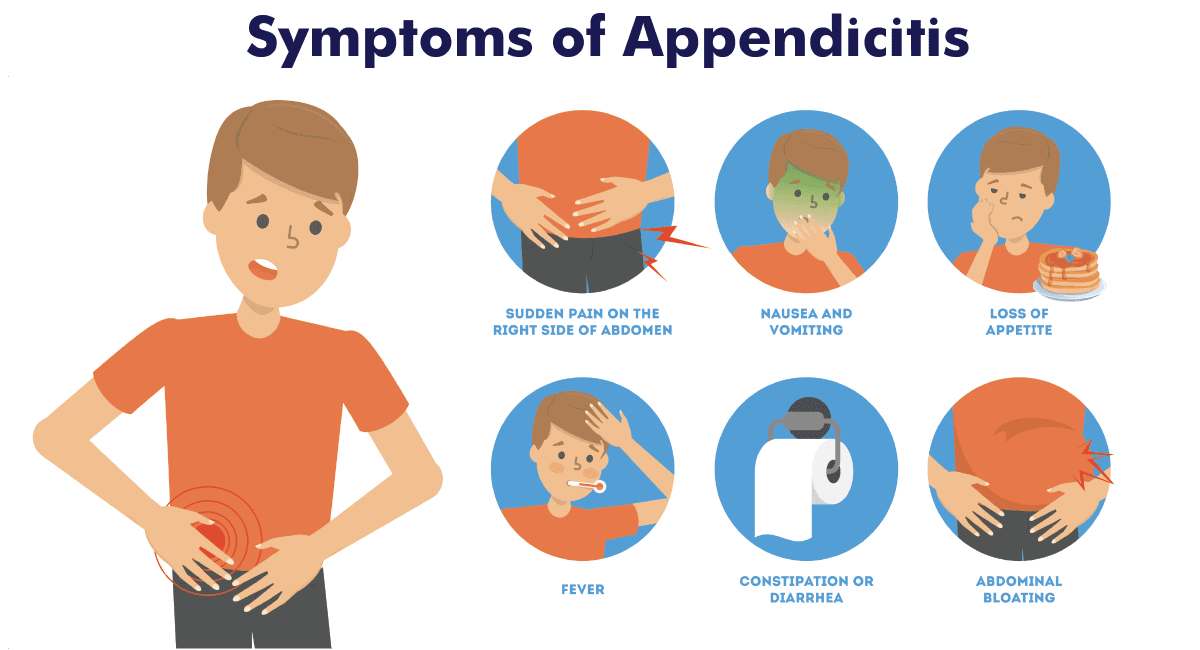 Of course, talk with your healthcare provider to learn what amount of vitamin D intake they recommend for you.
Of course, talk with your healthcare provider to learn what amount of vitamin D intake they recommend for you.
Check Vitamin D Levels At Home
How can you measure your vitamin D intake in International Units (IU)?
If you’re taking a vitamin D supplement, the amount of vitamin D will likely be listed on the supplement’s nutritional label, either in International Units or micrograms (2.5 micrograms = 100 IU). Micrograms may be abbreviated as “mcg.”
Vitamin D amounts aren’t always listed directly on the labels of food items. However, labels often do list the percent Daily Value (DV), which reflects the amount of vitamin D in a serving of that food as a percentage of 800 IU.
Finally, you can also get a sense of the vitamin D content of various kinds of food by visiting the National Institutes of Health’s resource on vitamin D (see Table 3).
What can be done about vitamin D toxicity?
If vitamin D toxicity occurs, your healthcare provider may suggest restricting your dietary calcium intake.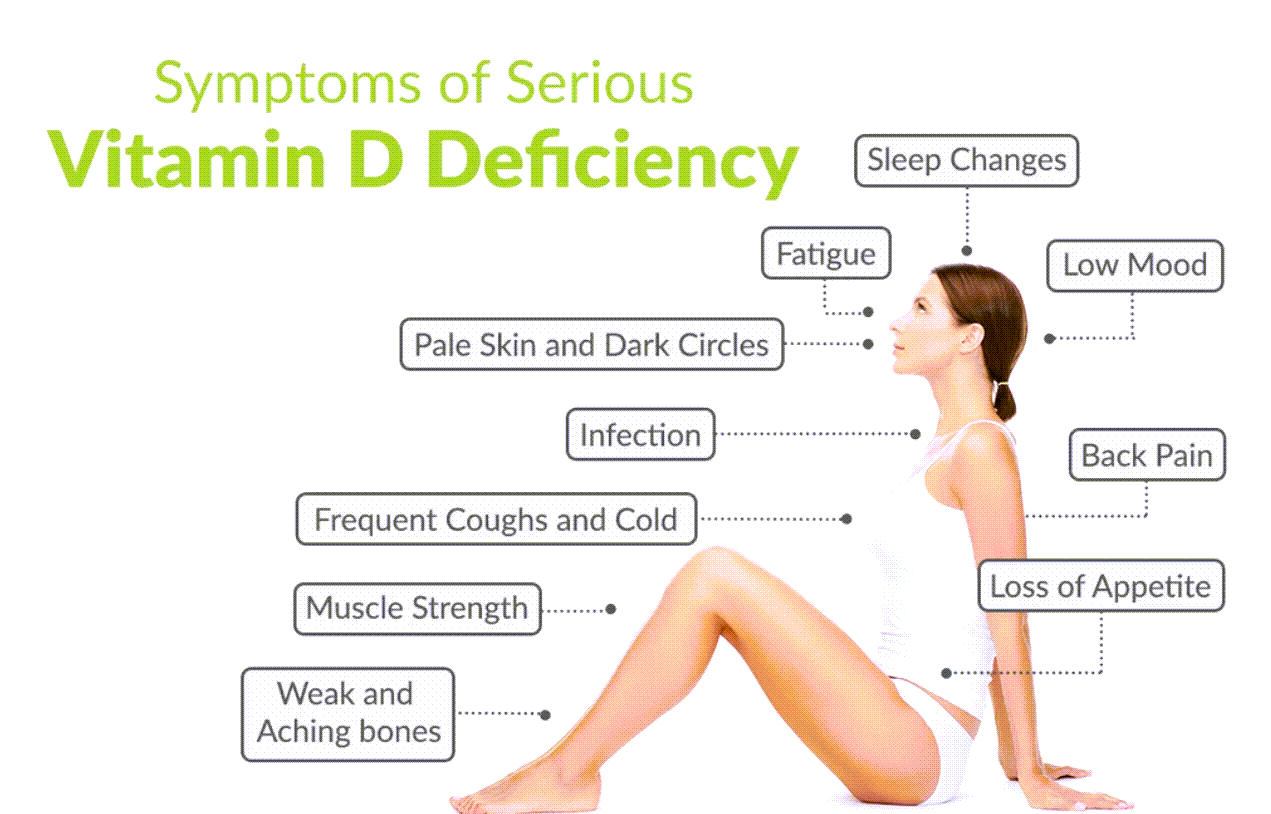 Treatment may also include discontinuing the use of any vitamin D supplement—at least temporarily.
Treatment may also include discontinuing the use of any vitamin D supplement—at least temporarily.
Ways to get vitamin D
You can get vitamin D from sunlight exposure, dietary sources, and supplements.
Getting ample vitamin D through sun exposure can be straightforward, but you do need to make sure you don’t get sunburned (by limiting how much time you spend out in the sun, for example).
In food, vitamin D can be found in beef liver, egg yolks, and fatty fish like salmon and tuna. There are also many fortified foods, like milk and dairy products, that provide your body with vitamin D.
Signs of inadequate vitamin D intake
Along with knowing the signs of too much vitamin D, it’s a good idea to know the signs of inadequate vitamin D intake.
Inadequate vitamin D intake can result in signs and symptoms like:
- Fatigue
- Depression
- Weakness
- Joint pain
- Muscle pain
Studies have even shown that low vitamin D levels may be connected to higher risks of heart disease, diabetes, cancer, mood disorders, and dementia.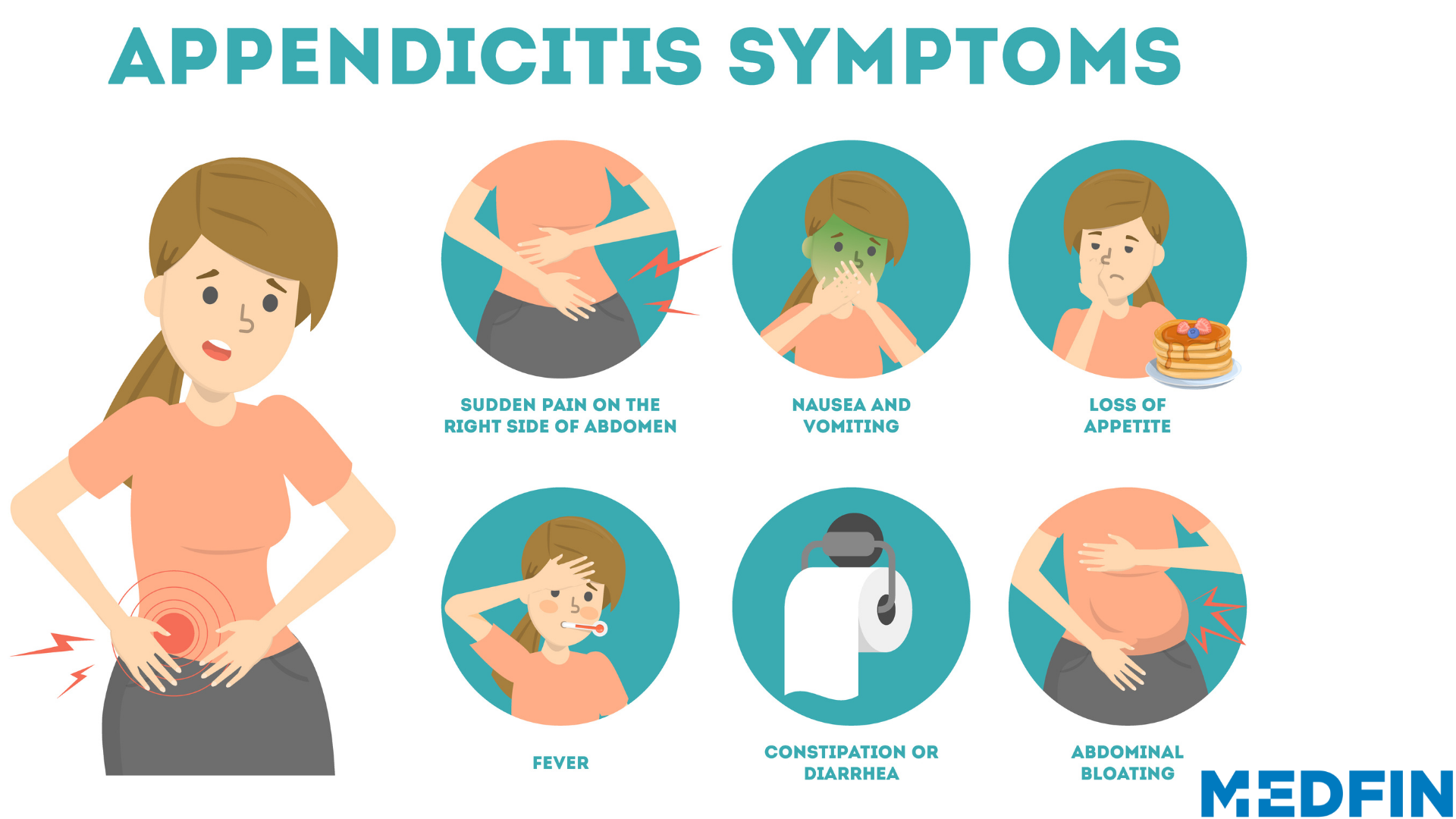
Buy At-Home Vitamin D Test
Benefits of testing your vitamin D levels
If you’re experiencing any of the symptoms of vitamin D insufficiency noted above—or are experiencing signs of too much vitamin D—your intake may be imbalanced in some way. Testing your vitamin D levels can help you determine if your levels are normal or if you may need to make adjustments and have a discussion with your healthcare provider.
Our at-home vitamin D test kit lets you check your levels easily—it only requires a simple finger prick blood sample, and shipping is free both ways. Plus, you’ll get to conveniently view your results on our secure, online platform just days after the lab receives your sample.
Related content
Vitamin D during pregnancy
When should you take vitamin D?
References
1. What is vitamin D toxicity? Should I be worried about taking supplements?. Mayo Clinic. URL. Accessed September 18, 2020.
2. Vitamin D. National Institutes of Health. URL. Accessed September 18, 2020.
URL. Accessed September 18, 2020.
3. Taking too much vitamin D can cloud its benefits and create health risks. Harvard Medical School. URL. Accessed September 18, 2020.
4. Vitamin D. NIH, Office of Dietary Supplements. URL. Accessed September 18, 2020.
Hypervitaminosis D Information | Mount Sinai
Vitamin D toxicity
Hypervitaminosis D is a condition that occurs after taking very high doses of vitamin D.
Causes
The cause is excess intake of vitamin D. The doses need to be very high, far above what most medical providers normally prescribe.
The doses need to be very high, far above what most medical providers normally prescribe.
There has been a lot of confusion about vitamin D supplementation. The recommended daily allowance (RDA) for vitamin D is between 400 and 800 IU/day, according to age and pregnancy status. Higher doses may be needed for some people, such as those with vitamin D deficiency, hypoparathyroidism, and other conditions. However, most people do not need more than 2,000 IU of vitamin D a day.
For most people, vitamin D toxicity only occurs with vitamin D doses above 10,000 IU per day.
Symptoms
An excess of vitamin D can cause an abnormally high level of calcium in the blood (hypercalcemia)./could-you-be-overmedicated-on-thyroid-drugs-3233271_final-5b4371f746e0fb0037d7c9d1.png) This can severely damage the kidneys, soft tissues, and bones over time.
This can severely damage the kidneys, soft tissues, and bones over time.
The symptoms include:
- Constipation
- Decreased appetite (anorexia)
- Dehydration
- Fatigue and confusion
- Frequent urination
- Irritability
- Muscle weakness
- Vomiting
- Excessive thirst (polydipsia)
- High blood pressure
- Passing large amounts of urine (polyuria)
Exams and Tests
The health care provider will examine you and ask about your symptoms.
Tests that may be ordered include:
- Calcium in the blood
- Calcium in the urine
- 25-hydroxy vitamin D levels
- 1,25-dihydroxy vitamin D levels
- Serum phosphorus
- X-ray of the bone
Treatment
Your provider will likely tell you to stop taking vitamin D.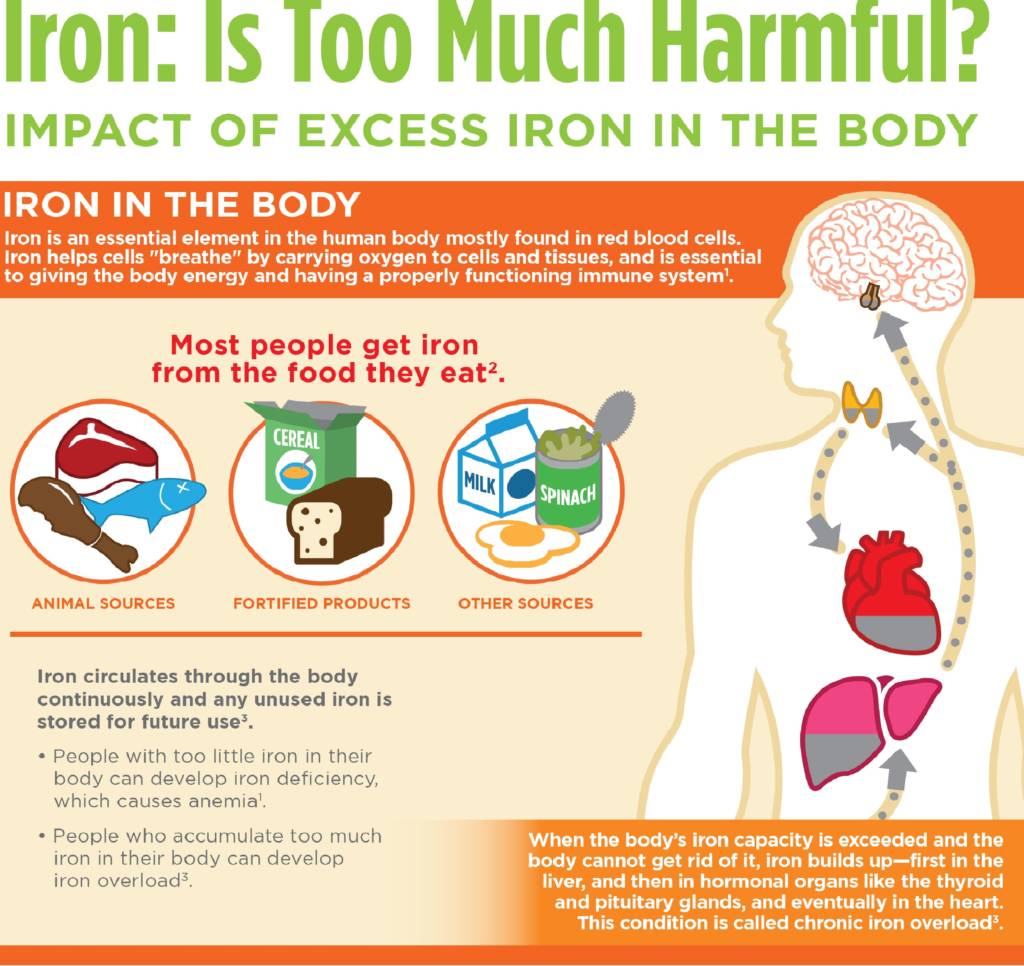 In severe cases, other treatment may be needed.
In severe cases, other treatment may be needed.
Outlook (Prognosis)
Recovery is expected, but permanent kidney damage can occur.
Possible Complications
Health problems that can result from taking too much vitamin D over a long time include:
- Dehydration
- Hypercalcemia
- Kidney damage
- Kidney stones
When to Contact a Medical Professional
Call your provider if:
- You or your child shows symptoms of hypervitaminosis D and has been taking more vitamin D than the RDA
- You or your child shows symptoms and has been taking a prescription or over-the-counter form of vitamin D
Prevention
To prevent this condition, pay careful attention to the correct vitamin D dose.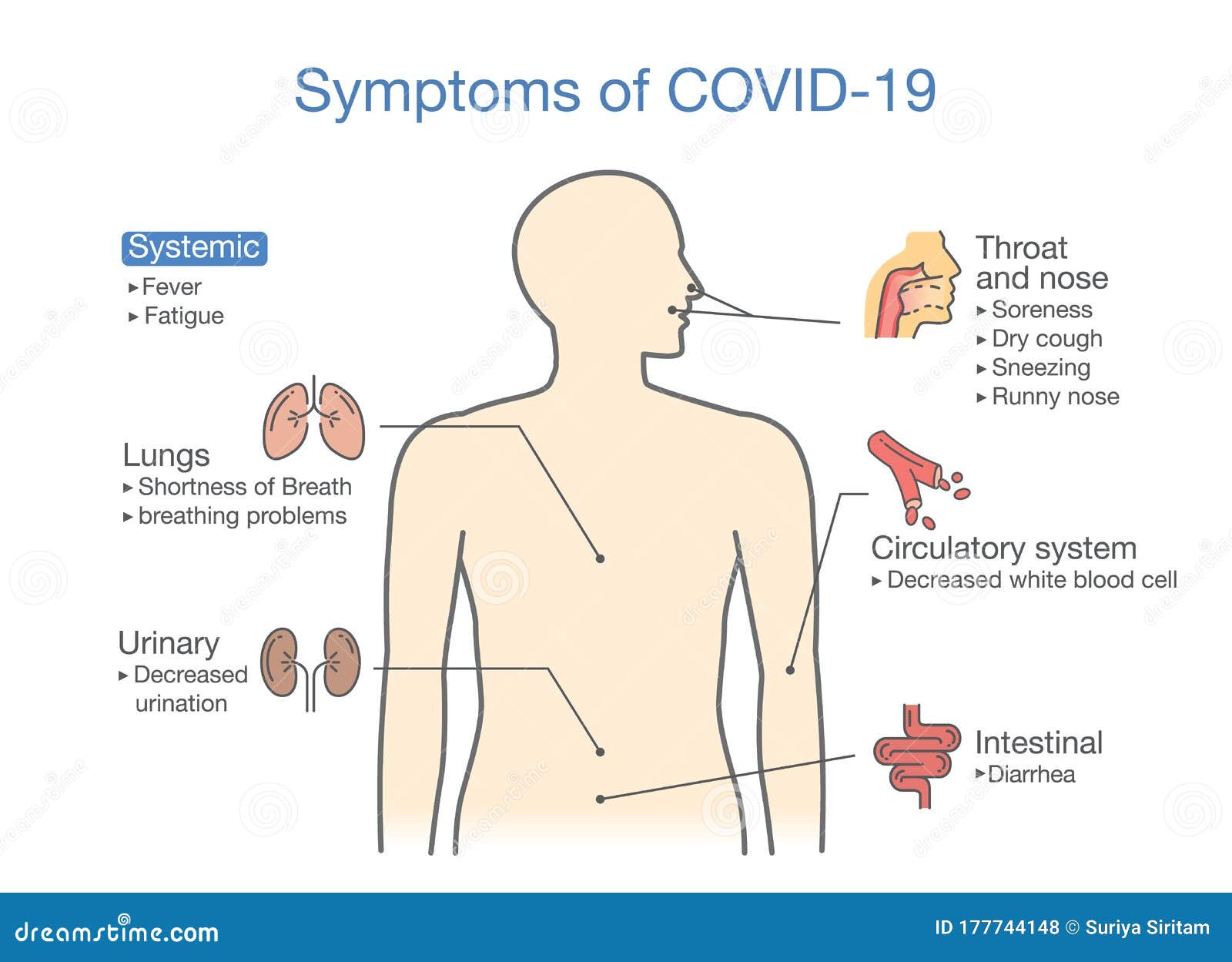 Use vitamin D supplements from reliable licensed sources.
Use vitamin D supplements from reliable licensed sources.
Many combination vitamin supplements contain vitamin D, so check the labels of all the supplements you are taking for vitamin D content.
Aronson JK. Vitamin D analogues. In: Aronson JK, ed. Meyler’s Side Effects of Drugs. 16th ed. Waltham, MA: Elsevier; 2016:478-487.
Greenbaum LA. Vitamin D deficiency (rickets) and excess. In: Kliegman RM, St. Geme JW, Blum NJ, Shah SS, Tasker RC, Wilson KM, eds. Nelson Textbook of Pediatrics. 21st ed. Philadelphia, PA: Elsevier; 2020:chap 64.
Taylor PN, Davies JS. A review of the growing risk of vitamin D toxicity from inappropriate practice. Br J Clin Pharmacol. 2018;84(6):1121-1127. PMID: 29498758 pubmed.ncbi.nlm.nih.gov/29498758/.
Last reviewed on: 10/18/2021
Reviewed by: Robert Hurd, MD, Professor of Endocrinology and Health Care Ethics, Xavier University, Cincinnati, OH. Review provided by VeriMed Healthcare Network. Also reviewed by David Zieve, MD, MHA, Medical Director, Brenda Conaway, Editorial Director, and the A.D.A.M. Editorial team.
Review provided by VeriMed Healthcare Network. Also reviewed by David Zieve, MD, MHA, Medical Director, Brenda Conaway, Editorial Director, and the A.D.A.M. Editorial team.
when the sun and drugs become too dangerous
Photo by Mikhail Tikhonov
Uncontrolled use of vitamin D can lead to an acute functional disorder of the body with unpredictable consequences .
A sufficient amount of vitamin D in the human body contributes to the normal functioning of the immune system. But, like many other substances, with an overabundance of this vitamin, it suddenly turns from useful to harmful and even deadly. The good news is that it is impossible to reach levels that are dangerous for the body just by being under the sun or following a special diet. This can only happen due to excessive addiction to drugs or dietary supplements.
Tricky Calcium
Vitamin D is normally synthesized in the skin by exposure to ultraviolet radiation from sunlight. Also, some food products can fully provide a person with the necessary amount. For example, cod liver or herring. But the stimulation of vitamin D is blocked by sunburn and UF-creams. There is too much salt in herring, and cod liver is often infected with parasitic worms that cause infectious helminthiasis. So completely relying on nature is not always a good option.
Also, some food products can fully provide a person with the necessary amount. For example, cod liver or herring. But the stimulation of vitamin D is blocked by sunburn and UF-creams. There is too much salt in herring, and cod liver is often infected with parasitic worms that cause infectious helminthiasis. So completely relying on nature is not always a good option.
In this regard, doctors recommend that you compensate for the deficiency by taking medications or dietary supplements. But, as Anastasia Zhdanova, deputy head physician for medical work at Invitro, warns, if too large doses of vitamin D are taken, this can lead not only to an increase in its content in the body, but also to an increase in calcium absorption. And this is a direct path to hypercalcemia – an increase in the level of calcium in the blood above physiological values.
See also:
Health
Do not read Soviet newspapers: how to save yourself from stress in an era of disturbing news
“If this condition persists for a long time, it can lead to the development of kidney failure or damage to the kidney tissue itself due to the deposition of calcium salts. In critical levels of calcium in the blood (more than 4.5 mmol / liter), the patient may develop cardiac arrhythmias and shock, which can lead to death, “- describes the sad prospects Lyubov Kalinina, head of the department of general medical practice and therapy at the Moscow Medical Center on Malaya Konyushennaya Street .
In critical levels of calcium in the blood (more than 4.5 mmol / liter), the patient may develop cardiac arrhythmias and shock, which can lead to death, “- describes the sad prospects Lyubov Kalinina, head of the department of general medical practice and therapy at the Moscow Medical Center on Malaya Konyushennaya Street .
According to Elena Grek, an allergist-immunologist and gastroenterologist at SM-Clinic in St. Petersburg, in especially advanced cases, a constant excess of the dosage can cause osteoporosis – thinning and changes in the structure of the bones.
Monitor your symptoms
Anna Kirillova, general practitioner at the First Family Clinic in St. Petersburg, draws attention to the fact that vitamin D overdose can be acute or chronic. “In the first case, intoxication occurs due to a single intake of too much calciferol and is more often observed in children. Chronic poisoning develops very slowly and occurs against the background of a long-term excess of the substance, combined with active exposure to the sun and the use of calcium-containing food,” the doctor explains.
Acute overdose of vitamin D in adults develops a number of fairly striking symptoms, noticing which should stop taking the drugs and consult a doctor. According to Anna Kirillova, these symptoms include decreased appetite and weight loss, intestinal upset and vomiting, thirst, high blood pressure, arrhythmia, frequent urination, and muscle cramps. In severe cases, clouding of the cornea, a violation of the outflow of bile, liver problems, and jaundice are possible. “Despite the unpleasant symptoms, a single overdose of vitamin D is not dangerous. The chronic form of intoxication is much more difficult when the body receives large portions of the substance for several months,” she emphasizes.
Acute overdose may require emergency medical attention. “Usually, doctors use droppers to detoxify the body and a course of B vitamins, vitamins A and C, which help to remove excess calcium,” says Elena Grek. In addition, as Alexander Alexandrov, family doctor of the Scandinavia clinic network, adds, a low-calcium diet and glucocorticosteroids are prescribed. “In severe cases requiring hospital treatment, intravenous administration of electrolytes, calcitonin, and hemodialysis are prescribed. However, there is no specific antidote,” Alexandrov comments.
“In severe cases requiring hospital treatment, intravenous administration of electrolytes, calcitonin, and hemodialysis are prescribed. However, there is no specific antidote,” Alexandrov comments.
Accumulative effect
At the same time, experts note that you need to try very hard to bring yourself to hypercalcemia. “An overdose of vitamin D is a fairly rare occurrence,” admits Anna Kirillova. “If you take no more than 1000 IU per day, then this will not happen.” At the same time, according to Elena Grek, 500–600 IU are formally considered a safe dosage. “With high physical exertion, constant stress, or after illnesses, a course of vitamin D for 1500 IU is allowed. Higher dosages should already be selected and prescribed by a specialist,” the doctor emphasizes.
According to Anna Kirillova, following simple recommendations will help you walk the fine line between vitamin D deficiency and overdose. “In the summer, sunbathe for 15-30 minutes at noon. But keep in mind that an increase in this time can contribute to the launch of oncological processes in the body,” she advises.:max_bytes(150000):strip_icc()/thyroid-disease-in-children-2634344-01-a2277244835147078cae0faa27f1d798.png) In addition, you should enrich your diet with fish.
In addition, you should enrich your diet with fish.
“Herring, pollock, flounder, sardine, tuna, salmon, mackerel, sturgeon are the best natural sources of calciferol. Squid, crab, shrimp are also suitable,” says the doctor.
Taking vitamin D in the form of medicines or dietary supplements should be started only as prescribed by a doctor and preferably after a study of the vitamin level in a blood test. It should also be borne in mind that cholecalciferol (vitamin D3) has a cumulative property. That is, it is quite realistic for them to “stock up” for a few days in advance.
“If you exceeded the prophylactic dose and drank 10 thousand IU at a time, but did it once every 5 days, nothing bad will happen. There will be no overdose, since 10 thousand units will be distributed over 5 days, which will be equal to the daily prophylactic dose 2,000 IU (in the event that such a high dosage was recommended by a doctor. This regimen of taking vitamin D is also possible. But in no case should you take a dosage of 10,000 IU without a doctor’s indication for several days in a row, and more than a week or more,” explains Anna Kirillova. Otherwise, according to the expert, hypervitaminosis cannot be avoided. 91.1 9fortyfive called 150 NATO fighters near St. Petersburg a “warning to Putin”
Otherwise, according to the expert, hypervitaminosis cannot be avoided. 91.1 9fortyfive called 150 NATO fighters near St. Petersburg a “warning to Putin”
2. Petersburgers complained about the confusion with the amounts in the unified receipts for housing and communal services
3. Rebellion and the reaction of the authorities: what is happening in Russia
Symptoms of an overdose of vitamin D
November 30, 2020
509
views
0
comments
2
like
I like
Vitamin D is extremely important for good health. Vitamin D overdose is extremely rare, but occurs at extreme doses. Almost all vitamin D overdoses are the result of taking large amounts of vitamin D supplements. It’s nearly impossible to get too much vitamin D from sunlight or food.
Vitamin D overdose
Taking extremely high doses of vitamin D3 for a long time can lead to excessive accumulation in the body.:max_bytes(150000):strip_icc()/medical-definition-of-heart-failure-5095799_Final-1897c12bcc254eee8d093c9e6499be1d.jpg) Recommended levels of vitamin D in the blood are as follows:
Recommended levels of vitamin D in the blood are as follows:
Adequate: 20-30 ng/mL, or 50-75 nmol/L.
Safe upper limit: 60 ng/mL or 150 nmol/L.
Toxic: above 150 ng/mL or 375 nmol/L.
A daily vitamin D intake of 1000-4000 IU (25-100 micrograms) should be sufficient to provide optimal blood levels of vitamin D for most people.
It is possible to inadvertently consume too much vitamin D by taking supplements that contain much more than what is listed on the label.
You cannot reach dangerously high blood levels with diet and sun exposure alone.
Vitamin D overdose symptoms
- The main consequence of vitamin D toxicity is an accumulation of calcium in the blood, called hypercalcemia. Early symptoms of hypercalcemia include nausea, vomiting, diarrhea, constipation, and weakness.
Also may develop:
- excessive thirst
- altered level of consciousness
- high blood pressure
- calcification in renal tubes
- kidney failure or hearing loss
Hypercalcemia caused by regular intake of large amounts of vitamin D supplements may take several months to resolve.
